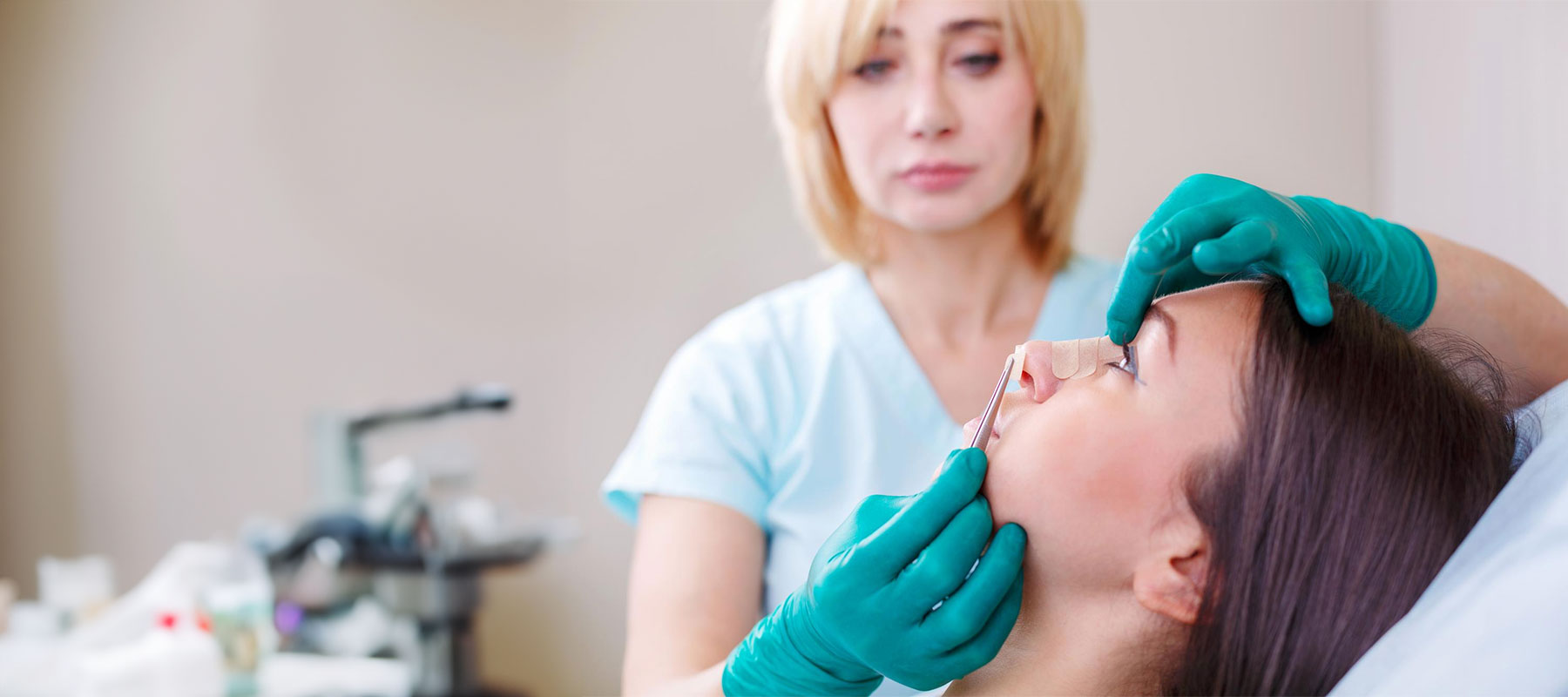
Isfahan, a wonderful city in Iran, has a lot to offer tourists. It's known for its history, culture, and ancient charm. Isfahan is also a great place for medical care, with skilled doctors. Recently, it has become a top spot for cosmetic surgery, especially nose jobs. Many people from around the world visit Isfahan for these surgeries. In the article below, we'll explain more about getting a nose job in this city.
Enhancing Your Appearance and Confidence with Rhinoplasty
Nose surgery, also known as rhinoplasty, is a popular cosmetic procedure. It's done by skilled surgeons to improve the shape and appearance of your nose. This surgery is in high demand because many people are unhappy with how their noses look.
Both men and women who don't like their nose's size or shape can consider rhinoplasty. It's a safe and proven way to make your nose look better. When a skilled surgeon does it, it can help balance your face and boost your self-confidence. Rhinoplasty can also fix problems with how you breathe through your nose, like if you have a bent or blocked nose.
Who's a Good Candidate for Nose Surgery?
Most people who consider changing their appearance through surgery are unhappy with how their nose looks and want it to fit better with their face. A good candidate for nose surgery might have:
- A nose that's too big or too small compared to their other facial features.
- A bump on the bridge of their nose.
- A wide nose.
- A droopy, protruding, or overly large tip.
- A round, bulbous tip.
- Large or pinched nostrils.
- A crooked or off-center nose due to injury.
- Unevenness in their nose due to injury.
- Breathing problems because of issues inside the nose, like a deviated septum or other structural problems.
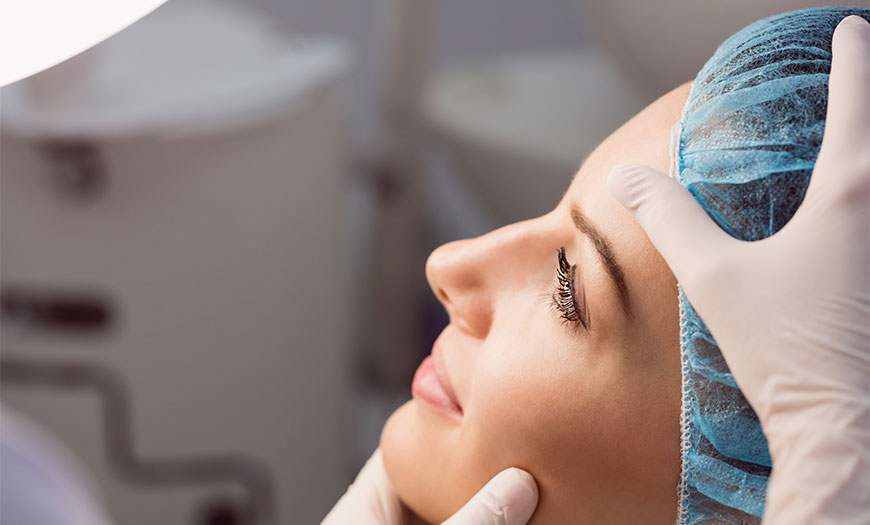
Rhinoplasty Techniques
Regardless of the specific type of rhinoplasty a patient needs, a doctor will typically use one or two of the following main techniques to address the issue:
1. Closed Rhinoplasty: This surgical technique is often preferred because it creates all the incisions inside the nose, eliminating the need for external incisions. Even though the incisions are hidden, the surgeon can access most parts of the nose and correct many aesthetic and structural issues.
2. Open Rhinoplasty: Open rhinoplasty provides the surgeon with better access to the cartilage and bone of the nose. However, with this method, there may be some scarring on the patient's nose as a small incision is made at the base of the nose (between the nostrils). After healing, any scarring is typically quite minimal and hidden under the nose.
Choosing the Right Technique
Both open and closed rhinoplasty techniques can yield highly satisfying results for patients. The doctor can determine the appropriate technique for each patient based on the natural appearance of the nose and the specific surgical goals.
Types of Rhinoplasty Surgeries
There are various types of rhinoplasty surgeries performed on patients, including:
1. Nasal Tip Refinement: The nasal tip is located at the end of the nose and can be different on one side compared to the other in some individuals. For example, one side of the nasal tip might be larger, smaller, higher, lower, or slightly deviated compared to the other side. Nonetheless, a surgeon can create a symmetrical appearance for both sides by adjusting the cartilage underneath the nasal tip.
2. Correction of Deviated Nose: A deviated nose occurs when the bones or the nasal septum do not align with the centerline of the face, causing the nose to appear crooked. In most cases, a deviated nose is due to genetic factors, although it can also result from injury. Nevertheless, surgery can permanently straighten and correct a deviated nose by adjusting the bones and nasal septum.
3. Dropped Nose: Sometimes, individuals have a 'dropped nose,' which means there is a depression on the bridge of the nose. This condition can typically be treated by manipulating the nasal cartilage or using an implant or prosthesis to achieve a smooth and even appearance on the bridge of the nose.
4. Reduction of Nasal Meat: Some individuals may feel that their nose looks fine from the front but is too thick. They may want to reduce the thickness of their nose. If the thickness of the nasal structure is due to the underlying bone structure, a plastic surgeon can often reduce the width of the nose and adjust its appearance to meet the patient's desires.
5. Augmentation Rhinoplasty: If your nose is significantly larger than your face and you want to make it smaller, rhinoplasty surgery can be used to reduce its size. Most large noses have a bony structure that can be easily reshaped.
6. Nose Reduction: Not everyone wants a smaller nose. For example, if your nose has been damaged in an accident and the bridge has been destroyed, or if your nose is naturally small, you can use rhinoplasty surgery to increase the size of your nose and achieve the desired results. To raise the bridge of the nose, a plastic surgeon typically uses one of two methods:
- The first method involves taking cartilage from the nose, ears, or ribs and using it to reshape the nose.
- The second method uses an implant or prosthesis made of silicone or similar materials to make aesthetic changes to the nose.
7. Hump Reduction: A hump on the nose can often make the tip of the nose look rounded compared to the normal or chubby appearance. A surgeon can adjust the nasal hump by manipulating the cartilage under the bridge of the nose.
These are some of the common types of rhinoplasty surgeries performed to achieve various desired results for the appearance of the nose
Preparation for Nose Surgery
Before undergoing nose surgery to change the shape of your nose, it's important for the patient to take some steps to speed up recovery, minimize potential discomfort after the procedure, and reduce the risk of post-surgery complications. Here are some key points to keep in mind:
1. Diet: Several weeks before nose surgery, it's essential for the patient to maintain a healthy diet. Proper nutrition can accelerate recovery and minimize the risk of infection.
2. Medication: When preparing for nose surgery, the patient should inform their doctor about all the medications they are currently taking. Some specific medications can pose challenges before or after surgery. Therefore, the doctor may temporarily discontinue certain medications or prescribe safe alternatives.
3. Smoking: Smoking can slow down blood circulation in the body. Reduced oxygen supply to the surgical site can lead to longer recovery times and a higher risk of infection. While it's possible for smokers to have this procedure, they should abstain from smoking at least two weeks before and after nose surgery.
4. The Day of Surgery: On the night before cosmetic nose surgery, the patient should get plenty of rest and refrain from eating or drinking after midnight. Before going to the hospital or surgical center, the patient should wash their face and hair to avoid bacterial contamination. Special care should be taken, and the use of makeup and other beauty products should be avoided.
The Surgical Process
Because there are various types of nose surgeries used for different purposes today, the choice of surgical technique largely depends on the individual's treatment goals. Nevertheless, some specific steps apply to all types of nose surgeries:
Anesthesia
The doctor performs nose surgery with one of two anesthesia methods:
1. General Anesthesia: This method involves the use of a mask or injection to put the patient into a deep sleep during the surgery.
2. Local Anesthesia via Injection: In this case, the doctor applies a strong numbing agent via injection directly to the patient's nose area. This puts the patient in a semi-sleep state, and they won't feel much during the procedure. However, there's little effect left after the numbing medication wears off.
The choice of anesthesia method suitable for nose surgery will be discussed closely between the patient and the doctor.
The Surgical Procedure
After the anesthesia takes effect, the surgeon creates small incisions inside the nostrils or at the base of the nose. This allows the surgeon to carefully lift the skin of the nose and gain access to the underlying bones and cartilage. The required tissues are removed or repositioned, or grafts may be used when needed. Typically, the surgeon employs minimally invasive techniques to minimize the impact on the surrounding tissues. Once the desired changes to the nose are complete, the surgeon repositions the lifted nasal skin and creates the new appearance of the nose. Finally, the incisions are closed.
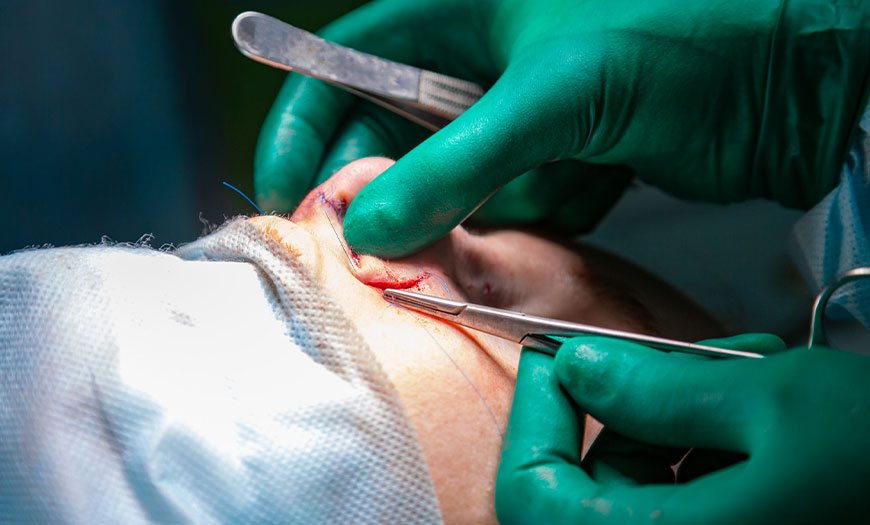
Recovery and Post-Operative Care
Nose surgery requires several weeks for recovery, and patients need to take specific steps for a faster and successful recovery while also considering pre-surgery care.
The First Few Days After Surgery
During the initial 48 hours following nose surgery, it's essential for the patient to get enough rest. During this time, patients should:
1. Sleep with their head elevated.
2. Wear clothing that doesn't need to be pulled over the head.
3. Gently brush their teeth to prevent irritation of the upper lip and nose.
4. Keep their face as still as possible.
5. Use a cold compress on the nose and mid-face area.
6. Consume soft, nutrient-rich, and fiber-rich foods.
7. Use a basin instead of a shower for bathing, avoiding removing the nasal bandage.
8. Avoid blowing air forcefully out of their nose.
9. Regularly change nasal bandages and sterile gauze as instructed by the doctor.
The First Few Weeks After Treatment
Typically, patients can return to work about two weeks after cosmetic nose surgery. However, during this time, it's essential to control activity levels and protect the delicate nasal tissues. Patients should:
1. Refrain from engaging in strenuous activities until cleared by the surgeon.
2. Avoid consuming high-sodium foods to reduce post-operative nasal swelling.
3. Use sunscreen with a minimum SPF of 30 when going outside.
4. Refrain from wearing prescription or sunglasses for at least four weeks. Patients can use special glasses with chin rests if needed.
Regular follow-up appointments with the surgeon are crucial. The first post-operative visit usually occurs approximately one week after nose surgery when the doctor removes any sutures and the nasal bandage. Subsequently, the patient's progress is monitored periodically for several months.
Observing the Results of the Surgery
Nose surgery can be used to address various cosmetic issues. It can create better facial balance, correct nasal protrusions or asymmetry, and even reduce the size of the nose. However, achieving ideal results requires patients to be honest with their surgeon before the surgery.
Nose surgery is unique in that it may take up to a year to see the final results. In this case, side effects such as swelling and bruising around the nose and eyes can hinder the visibility of treatment results during the first two to three weeks after surgery. Therefore, it is essential for the patient to be patient when it comes to assessing the final outcomes of their treatment. Over the first few months after the surgery, the nose will gradually reveal its new appearance. Because achieving the final results of this treatment takes time, the doctor usually asks the patient to wait and endure for at least a year for corrective rhinoplasty.
Nose cosmetic surgery offers specific advantages as follows:
1. Restoring Facial Harmony: Limited facial imbalance in the nasal area can significantly affect a person's appearance. Nose surgery can create a balanced appearance for the patient.
2. Enhancing Appearance: Altering the shape of the nasal bridge or tip can draw attention to other facial features.
3. Proportional Size: Even a slight reduction in nasal width can have a significant impact on the nose's proportion with the rest of the facial features.
4. Correcting Humps or Deviations: Regardless of whether a nasal hump is due to hereditary factors or injury, rhinoplasty can correct existing imperfections on the nasal bridge.
In addition to cosmetic benefits, rhinoplasty can also address health-related issues. The primary benefits of this procedure for improving nasal function are as follows:
1. Improving Breathing Problems: Nose surgery can open up narrow nasal passages and correct structural issues, thereby helping improve breathing problems.
2. Correcting Congenital Defects: Nose cosmetic surgery can address both external and internal congenital issues with the nose, such as deviated nasal septum.
When nose surgery is used to address structural issues, insurance providers may cover the cost of the procedure.
Temporary Side Effects After Surgery
Nose cosmetic surgery offers specific advantages as follows:
1. Restoring Facial Harmony: Limited facial imbalance in the nasal area can significantly affect a person's appearance. Nose surgery can create a balanced appearance for the patient.
2. Enhancing Appearance: Altering the shape of the nasal bridge or tip can draw attention to other facial features.
3. Proportional Size: Even a slight reduction in nasal width can have a significant impact on the nose's proportion with the rest of the facial features.
4. Correcting Humps or Deviations: Regardless of whether a nasal hump is due to hereditary factors or injury, rhinoplasty can correct existing imperfections on the nasal bridge.
In addition to cosmetic benefits, rhinoplasty can also address health-related issues. The primary benefits of this procedure for improving nasal function are as follows:
1. Improving Breathing Problems: Nose surgery can open up narrow nasal passages and correct structural issues, thereby helping improve breathing problems.
2. Correcting Congenital Defects: Nose cosmetic surgery can address both external and internal congenital issues with the nose, such as deviated nasal septum.
When nose surgery is used to address structural issues, insurance providers may cover the cost of the procedure.
If you're thinking about having nose surgery in Isfahan, Qaaph team can assist you and provide you more information about this nose beauty procedure, costs, potential risks, and benefits and also the other isfahan tourism attraction where you can enjoy your trip as a medical and touristic trip at the same time.
Related Blog
03 Aug 2023 | Travel in Isfahan
Aali Qapu Mansion: Isfahan's Regal Architectural Marvel
Ali Qapu: Historical palace in Isfahan, Iran. Its grand architecture, intricate ...
07 Aug 2023 | Travel in Isfahan
Naqsh-e Jahan Square: A Glimpse into Isfahan's Rich Heritag
Naqsh-e Jahan Square in Isfahan provides a captivating glimpse into the city's i...
08 Aug 2023 | Travel in Isfahan
The Khajo Bridge: A Historical Marvel That Beckons
The Khajo Bridge, a mesmerizing historical wonder, calls out to history enthusia...
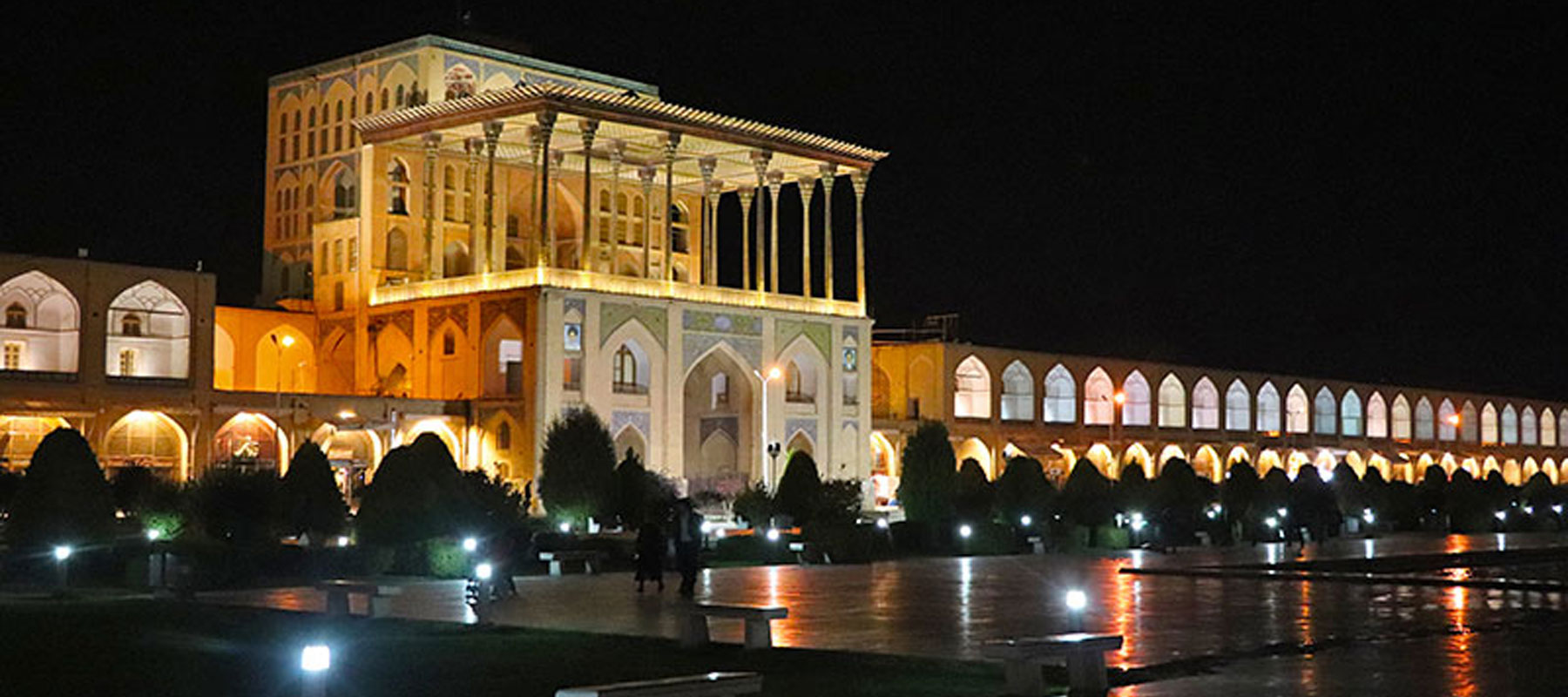
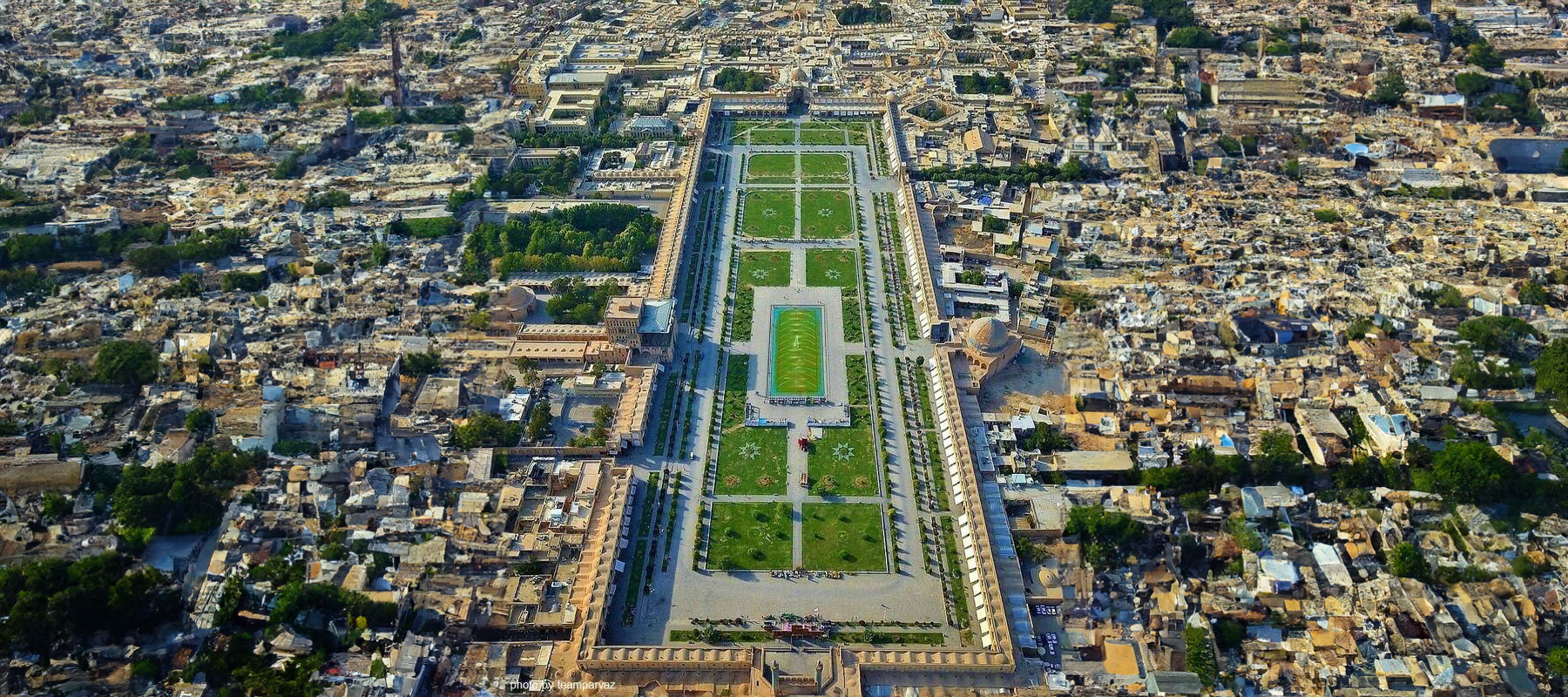
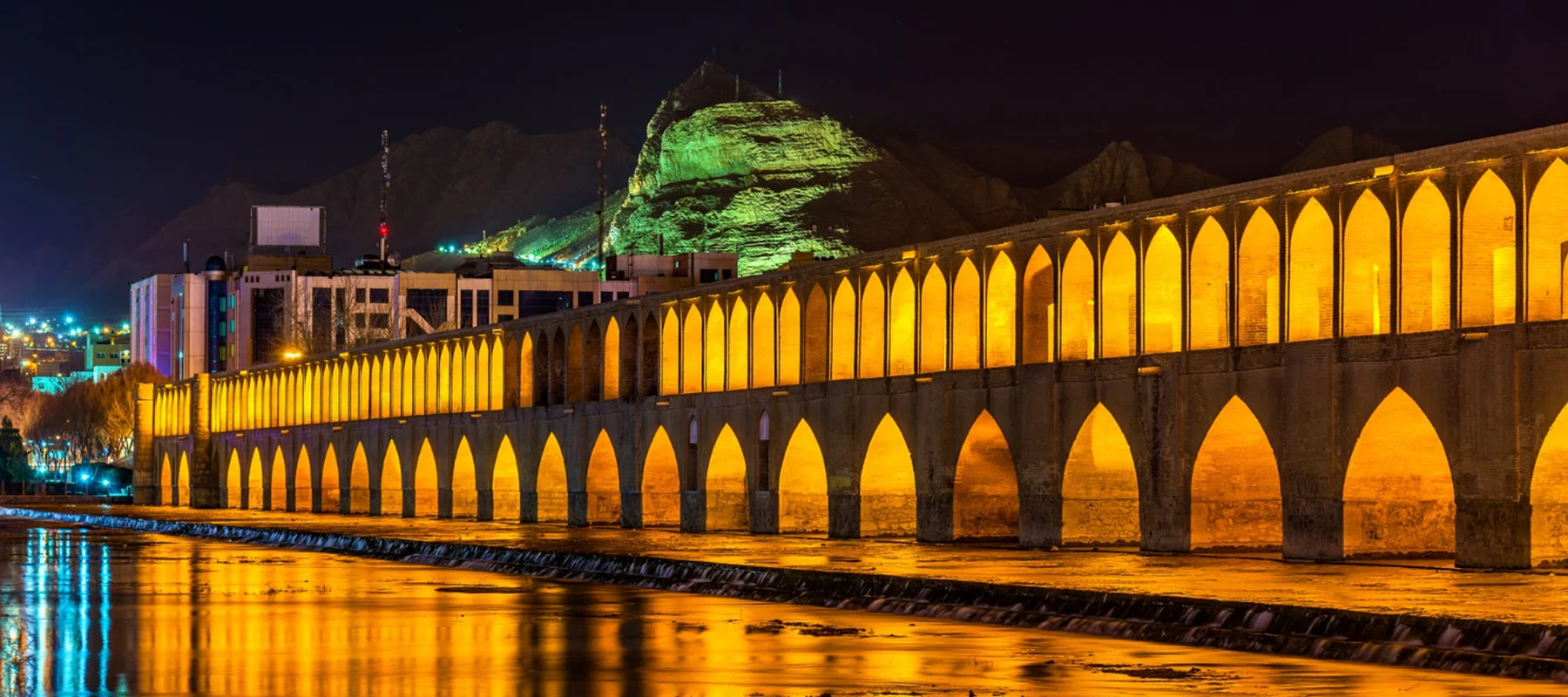
Comments
Total 0 comment in the post